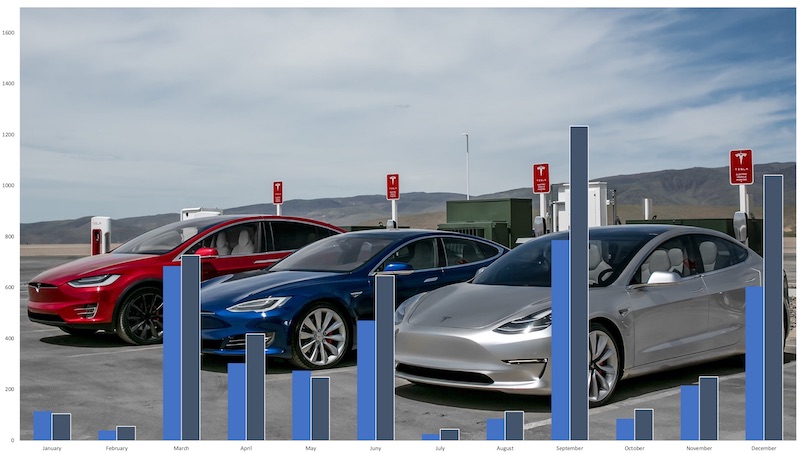Dealers pay for cars 3 ways:
1) Cash on hand - Cash goes from dealer to GM when the car rolls off the assembly line onto the truck
2) Floorplan from dealer's bank* - cash goes from dealer's bank to GM when the car rolls onto the truck
3) Floorplan from GM Finance - Cash goes from bank to GM Finance to GM when the car rolls onto the truck
In all three cases GM gets the cash when they load the car on the truck. In all three cases it is fresh cash available to fund GM operations. In almost all cases it comes from a bank, either directly from the dealer's bank or indirectly from one of the banks that fund GM Finance. GMF itself is a non-recourse subsidiary of GM. Its lenders cannot look to GM for repayment and its cash is not available to fund GM operations. It's essentially a shell which sits between big Wall Street banks and thousands of small dealers who might not be able to get similar terms on their own.
_________________________
*The term "bank" in this context broadly includes local banks all the way up to large Wall Street banks that set up securitizations and such.
Floorplan from GMF and from whatever other bank can and do differ. Your point is correct, except that GM divisions( regional or national) can and do subvene GMF. That subvention can be and is done in multiple ways (eg dealer, model, model year, brand). As a typical case such is done primarily, but not exclusively, through captives. Specific actions of subvention include, inter alia, interest rates, grace periods, credit risk and even the ubiquitous incentive rebates plus salesperson and/or F&I 'spiffs'.
Rather than go through the entire GM and other OEM distribution process rules I did indeed simplify all this. Factually, GM does recognize sales when title passes to the dealer or distributor. That is quite different from cash flow. Your post essentially equates the two, revenue recognition and cash flow.
Tesla, by contrast, recognizes a sale when the "end purchaser" completes the purchase. That simply makes it definitive that Tesla has 100% cash in hand prior to recognizing a sale.
These are quite different policies.
FWIW during my consulting career I spent several years designing loan, lease and floor plan programs for a major OEM. That work included several countries which have very different financial models. These comments apply to USA and, nearly all, Canada. In much of Europe the models differ in part because of taxation treatment for leased vehicles and different vehicle distribution practices and laws.
In context in Germany it is very common to recognize sales on vehicles sent to OEM owned/controlled dealers, so are functionally similar to US practices of sending unwanted vehicles to dealers, so recording sales, when the captive finance company is subvened to zero interest and varieties of post-sale rebates reduce the price.
To be very clear, clever GAAP allows these practices to exist. Quite distinct accounting categories help allow all this to conceal actual results. Rarely, very rarely, all this creates a scandal, which blows over quickly.
All of this is why this statement "...In all three cases it is fresh cash available to fund GM operations" is actually not true, but appears to be factual.
Full disclosure of all this is almost never voluntarily disclosed. However, Automotive News (paywall) does have both "customer Incentives" and "dealer incentives" categories for US that give clues on the usual publicly available elements. Those do include typical end-of-year incentives too.
All this is why, when an auto dealer offers to share 'dealer cost' with a customer, they share the number that typical OEM's record as revenue when the sell a vehicle to a dealer. It is very, very rare that that number resembles anything like actual dealer cost.
As a final note, that is part fo the reason Tesla resale values tend to be higher than are those fo other brands. The actual cost of a Tesla to a customer, is MSRP. For almost all others, it i
s very difficult to know. For that reason most auto dealers nominally 'lose money on new car sales'. The dealer financial statements are the ones that actually make all this machination clear, but only ion the dealer in question is NOT a public company. Those are another, quite more complex set of issues.



